Drafty Windows Letting the Chill In
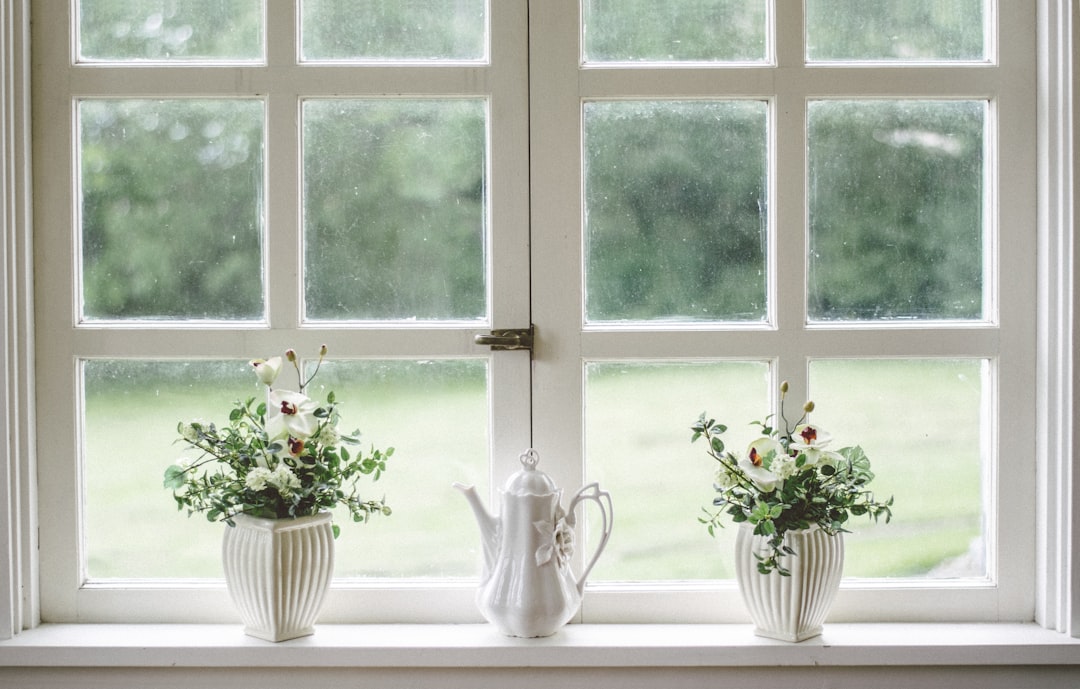
Drafty windows are often the biggest reason a home feels cold, especially during winter. According to the U.S. Department of Energy, windows can account for up to 30% of heat loss in a typical house. Old, single-pane glass or worn-out seals let icy air seep in and warm air leak out, leaving rooms feeling chilly no matter how high you set the thermostat. You might even notice curtains fluttering on windy days or feel a faint breeze if you hold your hand up to the glass. An easy fix is applying weatherstripping or caulking gaps around window frames. For a bigger upgrade, consider double-glazed windows, which are far more energy efficient. Even laying a thick curtain or thermal blind can block drafts and help retain heat. Regularly checking and maintaining window seals is essential to keep the warmth inside and your energy bills down.
Thin or Missing Insulation in Walls and Attic
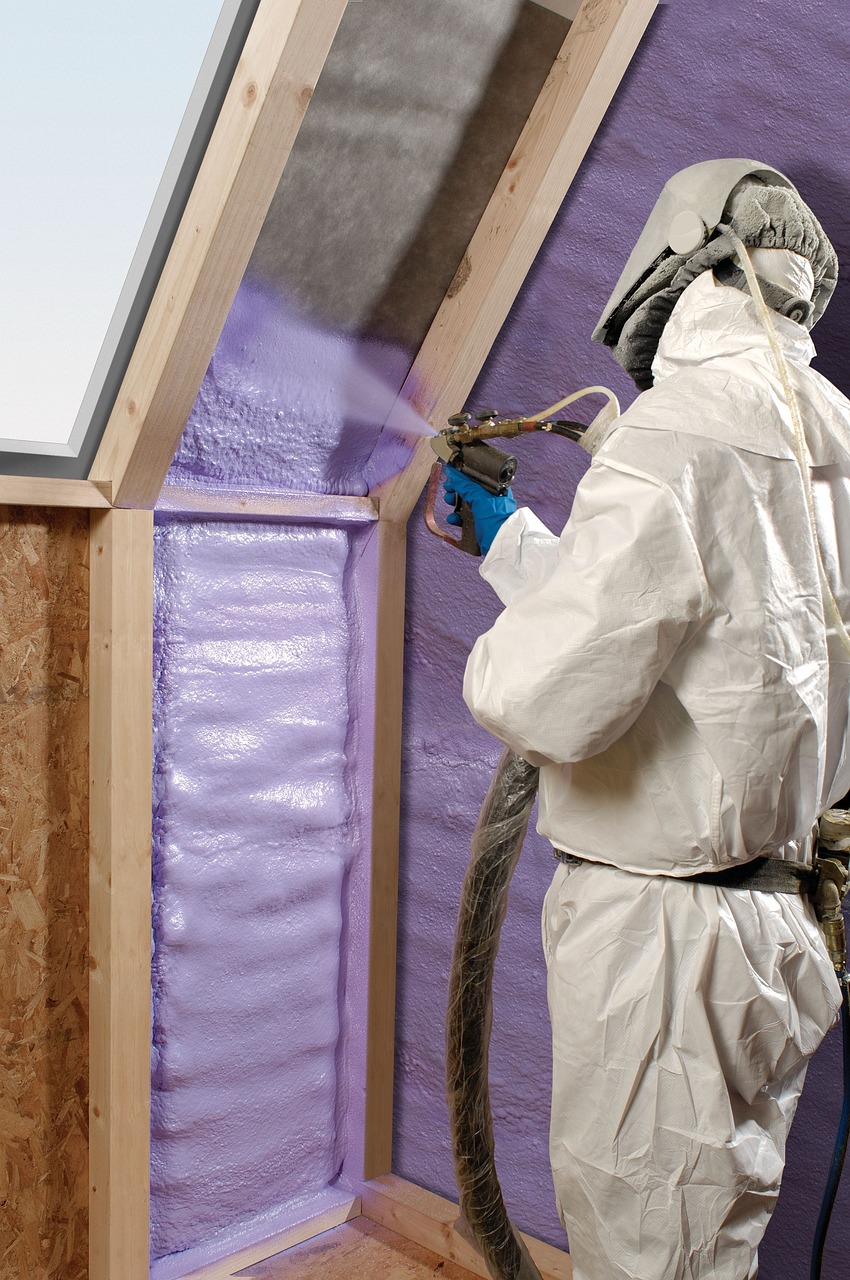
Insulation acts like a cozy blanket for your home, trapping heat where it belongs. However, many older homes have insufficient or deteriorated insulation, especially in attics and walls. The Environmental Protection Agency (EPA) estimates that homeowners can save an average of 15% on heating costs by properly insulating these areas. If your house feels cold upstairs or in certain rooms, this could be the culprit. Insulation materials like fiberglass, cellulose, or spray foam can be retrofitted into existing structures by professionals. Even if you’re not ready for a full upgrade, adding insulation to the attic is often the most cost-effective first step. Remember, insulation doesn’t just help in winter—it also keeps your home cooler in summer, making it a smart year-round investment.
Hard Flooring Without Warm Rugs
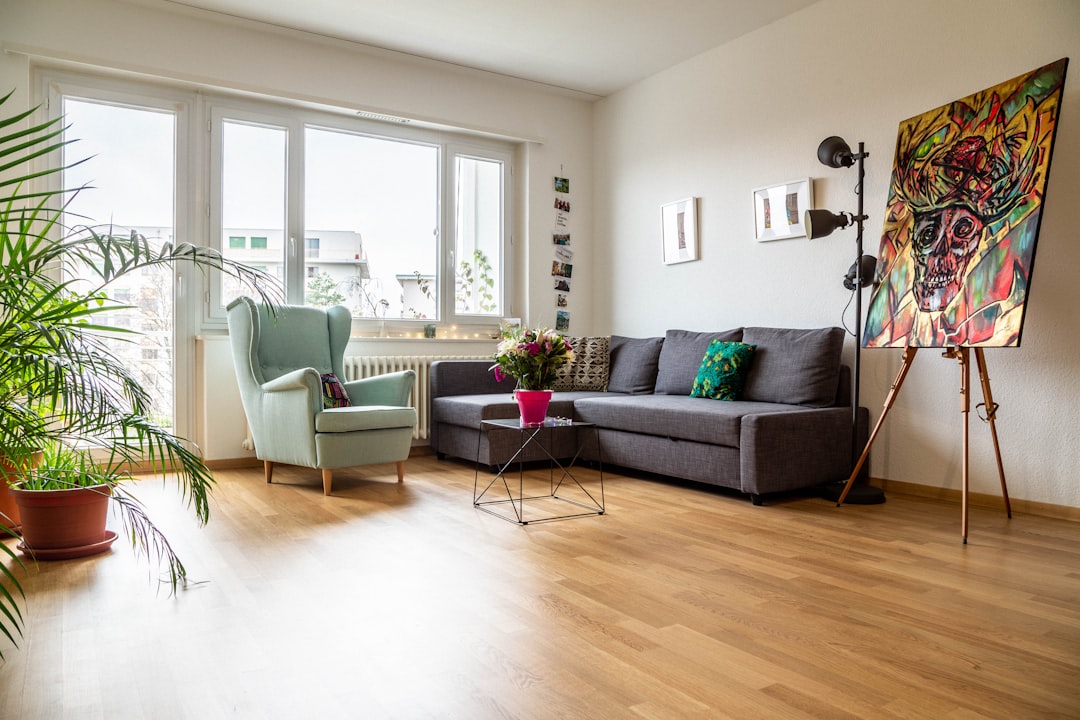
Walking across bare tile, hardwood, or laminate floors in winter can feel like stepping onto an ice rink. Hard surfaces don’t hold heat well, so they quickly become cold to the touch, and that chill radiates upwards. According to a survey by the National Wood Flooring Association, nearly 60% of homeowners report their floors feel noticeably colder during cold months. Laying down plush area rugs or carpet runners can make a dramatic difference, both physically and visually. Rugs not only add warmth but also help insulate against heat loss through the floor. For extra comfort, consider underfloor heating systems or heated mats in high-traffic areas. Even smaller mats by beds or in bathrooms can make those early mornings much more bearable.
Poorly Sealed Doors Letting in the Breeze
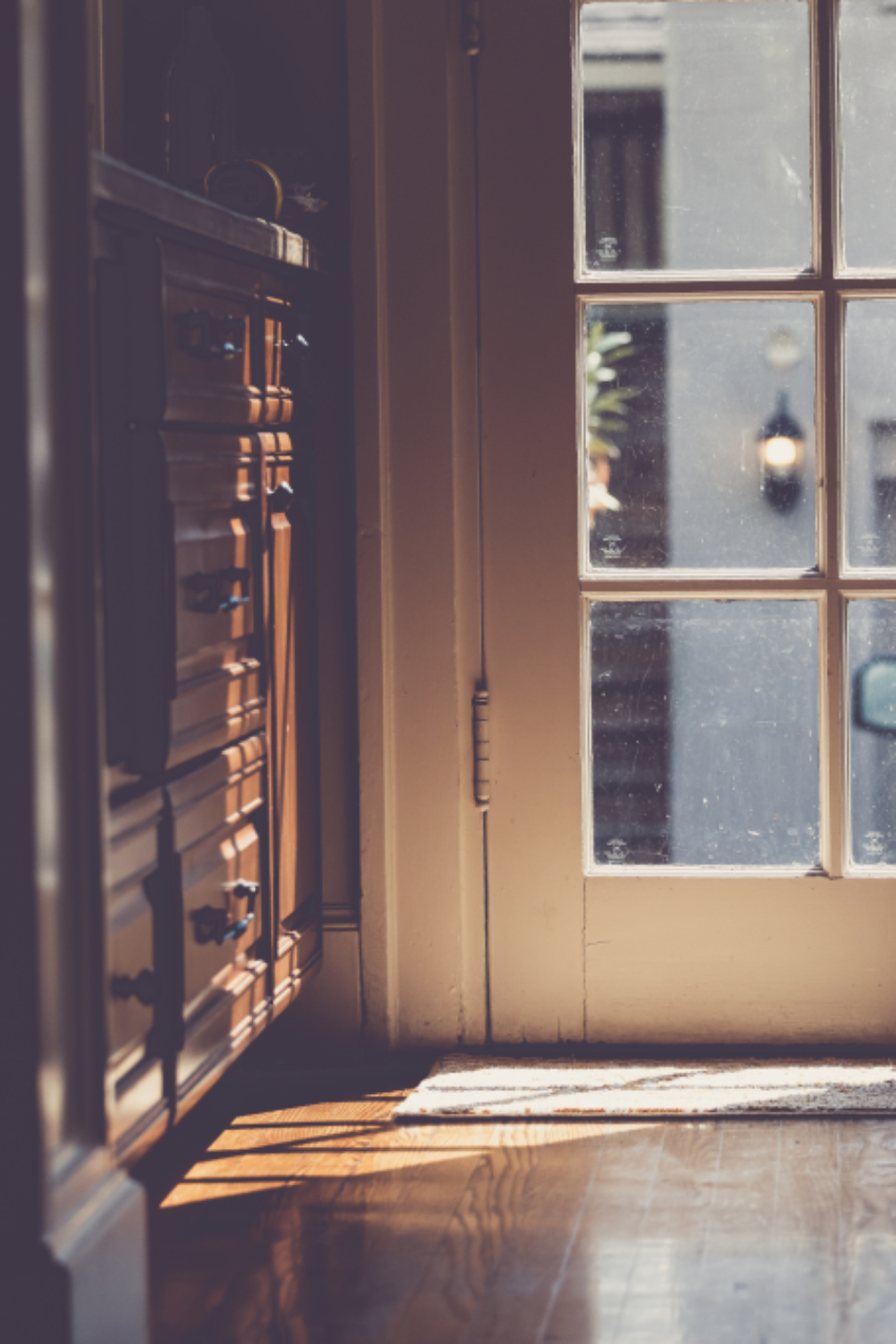
Just like windows, exterior doors can be a major source of unwanted drafts. Gaps around doors, worn weatherstripping, or misaligned frames allow cold air to sneak in, making your entryway or hallway perpetually chilly. A study by Energy Star found that sealing leaks around doors could reduce energy bills by up to 20%. To check for leaks, try the “dollar bill test”—close the door on a bill and see if it pulls out easily. If so, it’s time to replace the weatherstripping or add a door sweep. You can also use draft stoppers or “door snakes” to block air from sneaking underneath. Regular maintenance checks and small upgrades can seal the deal for a warmer, more comfortable home.
Lack of Soft Furnishings or Textiles
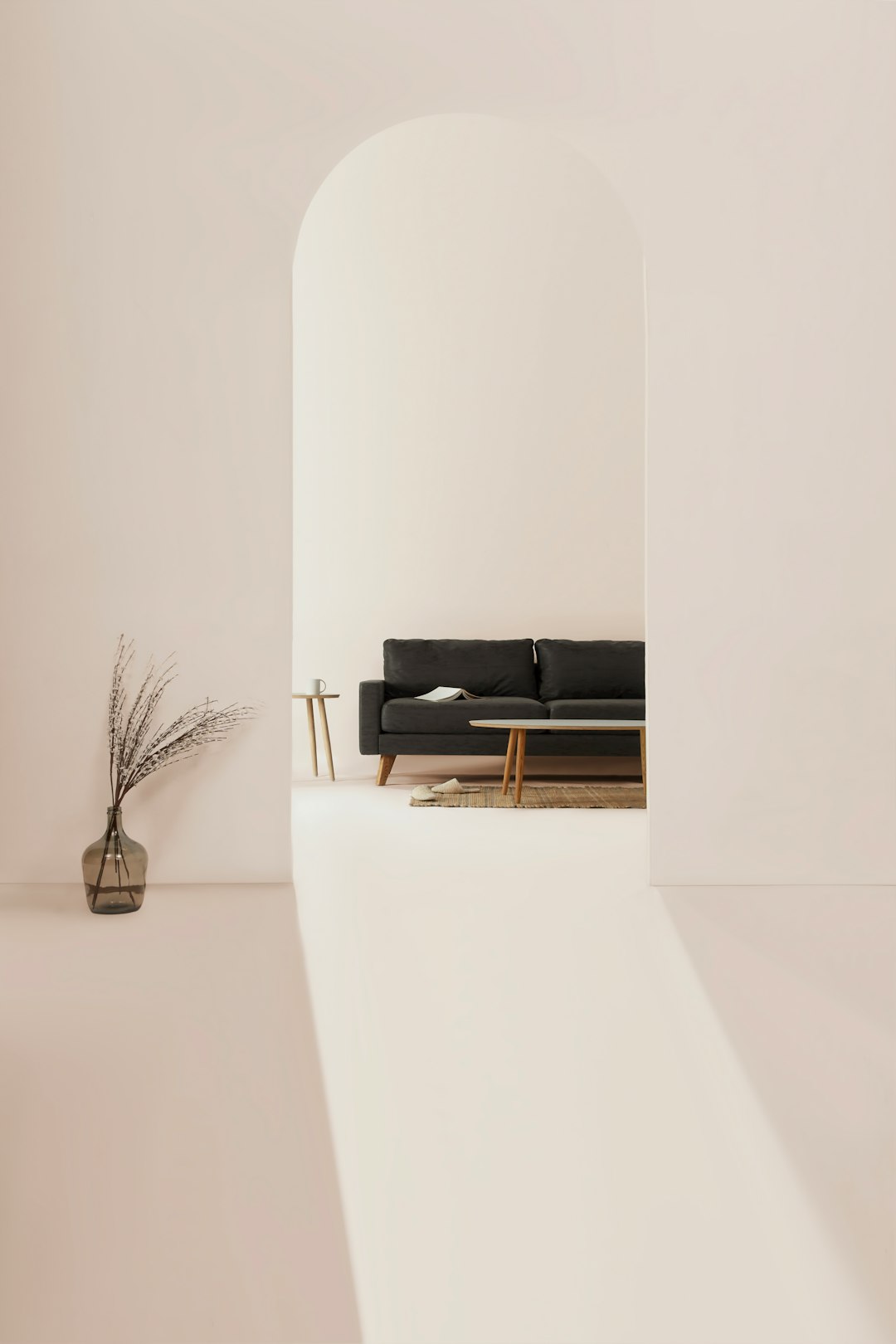
A home with bare walls, minimal curtains, and few cushions can feel stark and uninviting, which translates to a psychological sense of coldness. Research in environmental psychology suggests that textiles, such as throw blankets, cushions, and curtains, can make a space feel up to 5 degrees warmer simply by association. Soft furnishings don’t just provide physical warmth—they also help absorb sound and soften hard surfaces. Layering throws on sofas, adding extra pillows to beds, and hanging thick curtains over windows are simple ways to create a cozier vibe. Even swapping out lightweight summer décor for warmer textures in winter can make a noticeable difference.
Unbalanced Heating System
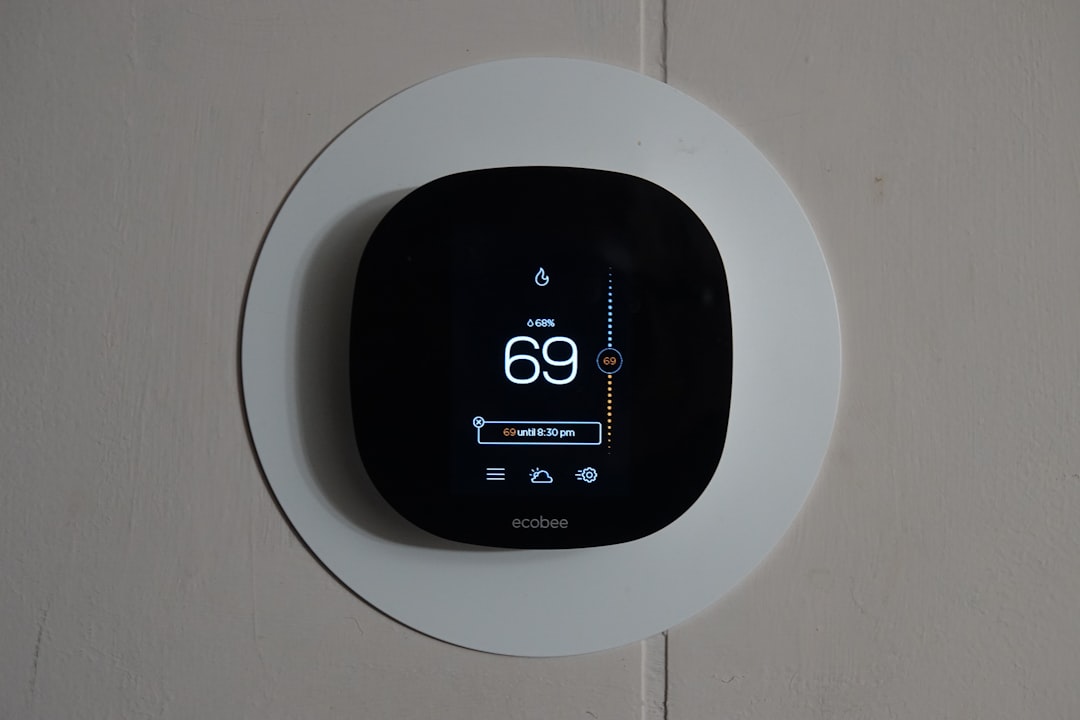
If certain rooms in your home are warm while others are freezing, your heating system may be out of balance. Common problems include blocked vents, dirty filters, or poor ductwork design. According to the American Society of Heating, Refrigerating and Air-Conditioning Engineers (ASHRAE), uneven heating is one of the top complaints from homeowners. Regularly servicing your furnace, bleeding radiators, and ensuring vents are open and unobstructed can help distribute heat more evenly. For persistent issues, consider installing a zoned heating system or using supplemental heaters in cold spots. Smart thermostats can also help by learning your habits and adjusting heat distribution accordingly.
High Ceilings and Open Spaces
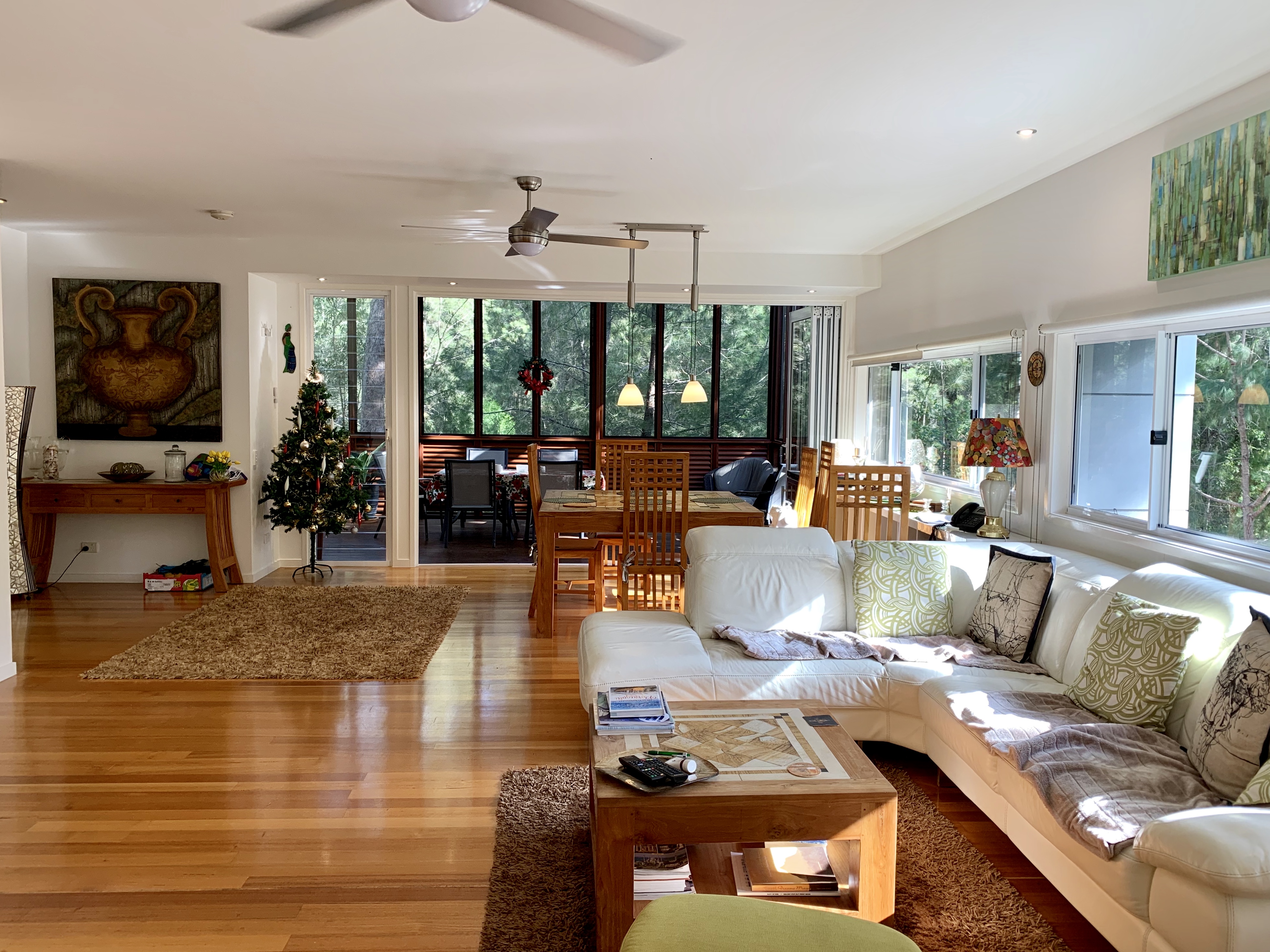
Homes with high ceilings or open-plan layouts are trendy and spacious, but they can also feel colder. Hot air rises, which means the warmth your heating system produces can get trapped overhead, leaving the areas where you actually live much cooler. A study from the Building Research Establishment in the UK found that rooms with ceilings over 10 feet high often require 20% more energy to heat effectively. Ceiling fans set to run clockwise on low speed can help push warm air back down. You might also consider adding visual dividers or closing off rarely used spaces in winter to keep heat concentrated where you need it most.
Cold Colors and Minimal Décor Choices

Believe it or not, the colors and décor you choose can impact how warm your home feels. Cool hues like gray, blue, or stark white can make rooms feel colder, while warm tones like red, orange, or gold create a cozier atmosphere. A 2023 study in the Journal of Environmental Psychology found that people perceived rooms with warm-colored walls as 2-3 degrees warmer than identical rooms painted in cool tones. Swapping out artwork, cushions, or even lampshades for warmer colors during the colder months is an easy and inexpensive fix. Layering textures and adding personal touches like photos or keepsakes can also help a space feel more inviting.
Closed Curtains During Daylight Hours
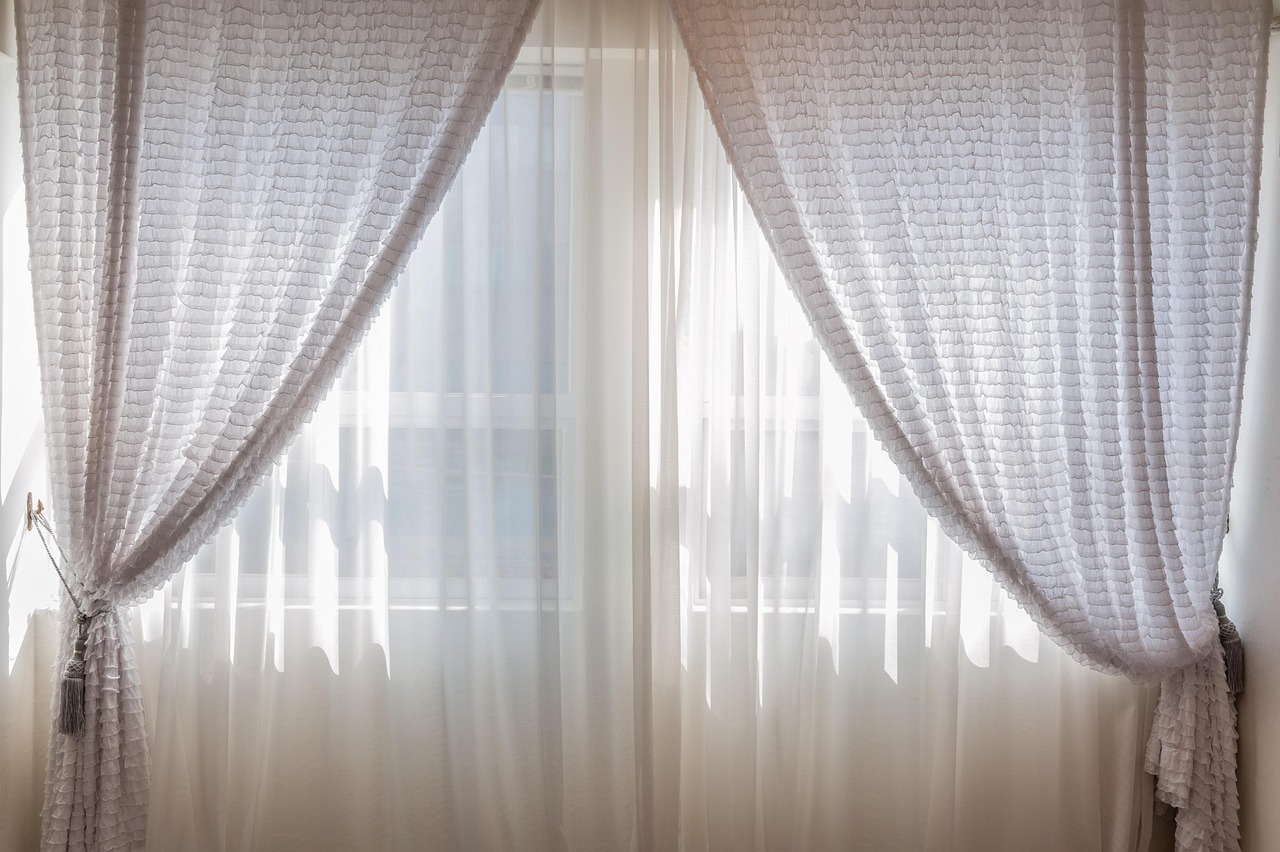
Keeping curtains closed during the day blocks out precious natural sunlight—the best free heat source available. According to the U.S. Department of Energy, opening curtains on south-facing windows during the day can increase room temperatures by several degrees. Sunlight not only warms your home but also boosts mood and helps regulate sleep patterns. Make it a habit to open curtains or blinds each morning to let the light flood in, then close them at dusk to trap the day’s warmth inside. For even more thermal benefits, consider insulated or lined curtains, which are especially effective at night.

Henrieke Otte is an accomplished writer and content editor, specializing in topics that inspire thoughtful living—ranging from global travel and sustainable lifestyles to interior design and architecture. With a keen editorial sense and a background in cultural studies, Henrieke brings depth, elegance, and clarity to every piece she crafts.
Her work is known for its engaging voice, visual sensitivity, and ability to turn complex ideas into accessible, reader-friendly narratives. Whether exploring eco-conscious destinations, dissecting climate-conscious home trends, or curating serene living spaces, Henrieke writes with a balance of creativity and insight that resonates with design-savvy, environmentally aware audiences.
Driven by a love of meaningful storytelling and a refined aesthetic, Henrieke contributes regularly to digital platforms and magazines where quality content meets visual sophistication.
